DC Output Quality
For those of you that are curious as to some of the reasoning and equipment behind our PSU testing program here at TheFPSReview, we have put together an introduction for you that shares a lot of the behind the scenes of the program. This program is based on what the author developed at [H]ardOCP and utilizes the equipment bequeathed to the author by Kyle Bennett. The testing we are conducting today is exactly as described in that document and will continue with our examination of the DC Output Quality.
Control Test Graphing
This image is the blank background control test on an unused connector from our SM-8800 during the testing of the ASUS ROG STRIX 750W. This lets us determine what the background noise looks like during testing.
120v Input
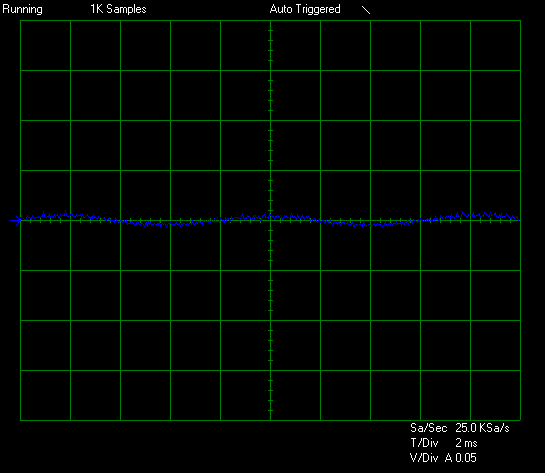
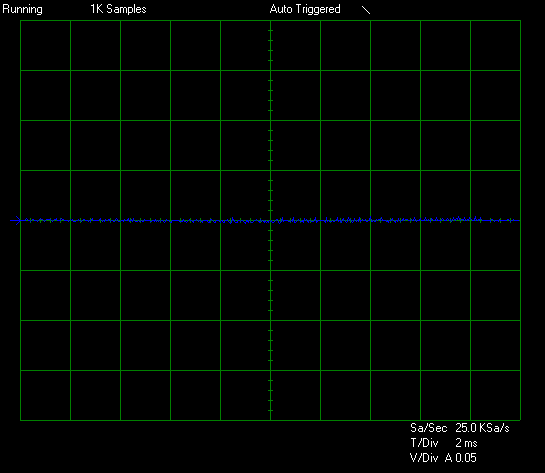
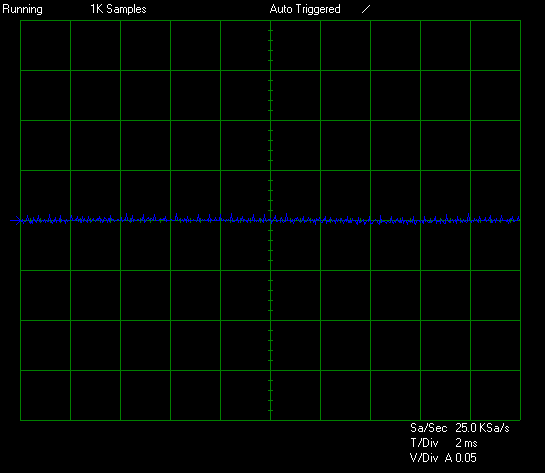
100v Input

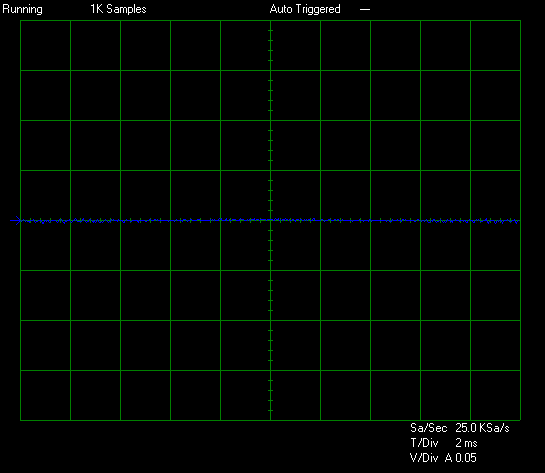
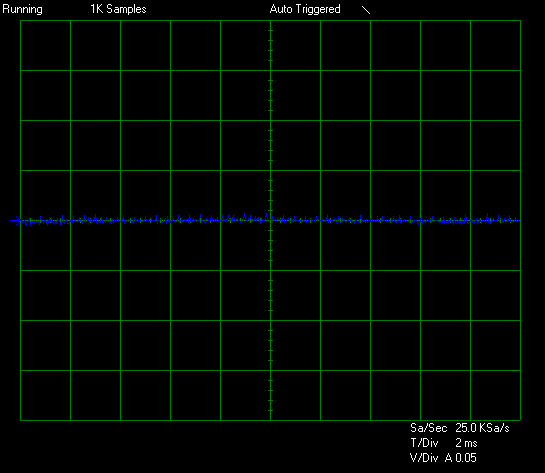
Test #1 is equal to approximately 25% of the rated capacity of the ASUS ROG STRIX 750W at 45c. This makes Test #1 equal to 185W by loading the 12v rail to 13a, the 5v rail to 2a, the 3.3v rail to 1a, the +5vsb to 2a, and the -12v to 0.3a. The ROG STRIX 750W is starting off in great shape. The 12v rail is peaking at ~15mV of ripple/noise and the minor rails are peaking at less than ~10mV of ripple/noise on the 5v rail and ~10mV of ripple/noise on the 3.3v rail.
120v Input
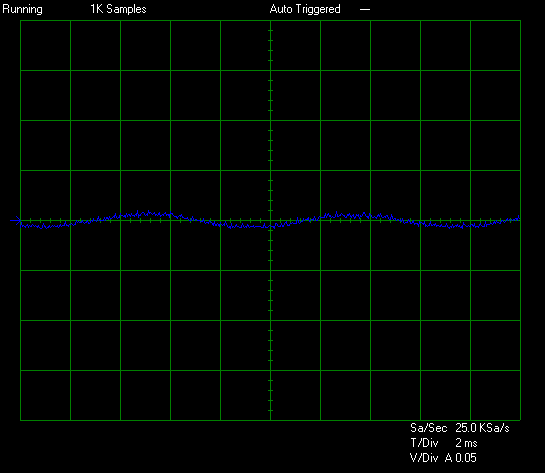
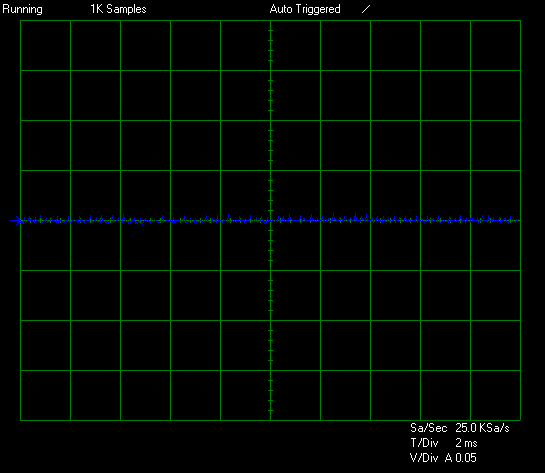
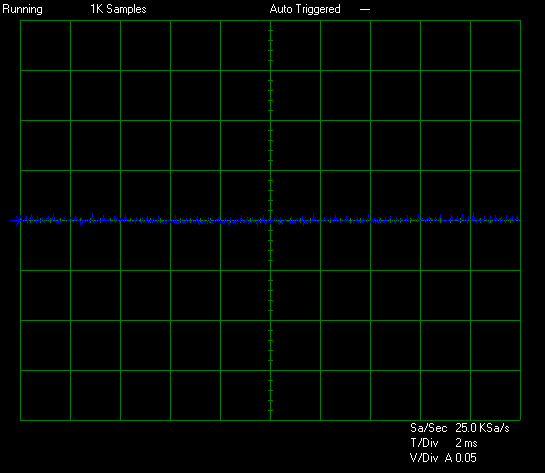
100v Input



Test #2 is equal to approximately 50% of the rated capacity of the ASUS ROG STRIX 750W at 45c. This makes Test #2 equal to 343W by loading the 12v rail to 27a, the 5v rail to 4a, the 3.3v rail to 2a, the +5vsb to 2a, and the -12v to 0.3a. Test #2 sees only minor changes as the 12v rail is coming in at ~20mV of ripple/noise, the 5v rail is coming in at ~10mV of ripple/noise, and the 3.3v rail is peaking at ~15mV of ripple/noise.
120v Input

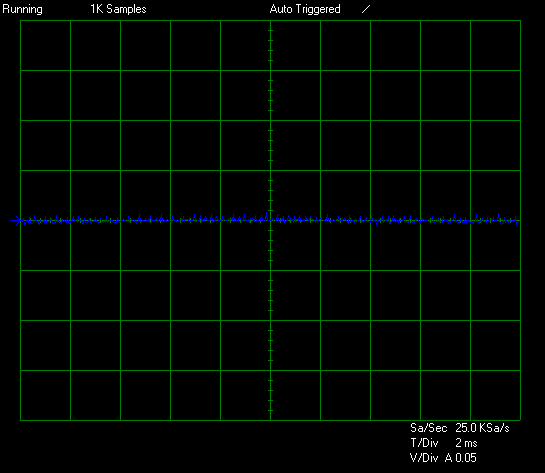
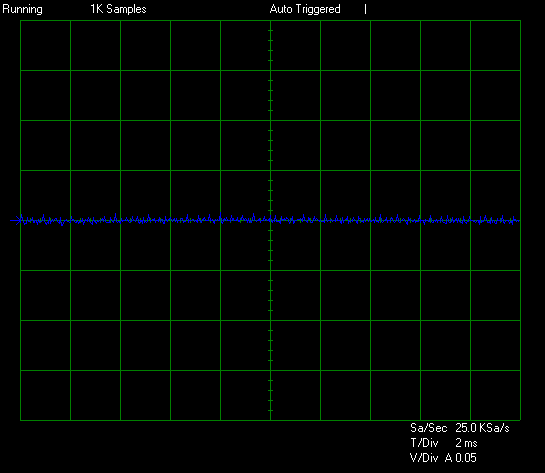
100v Input
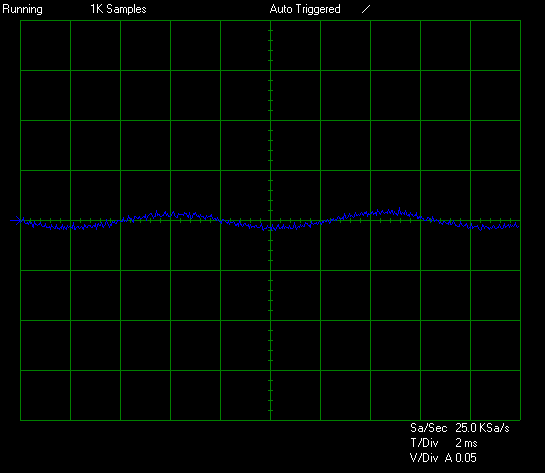

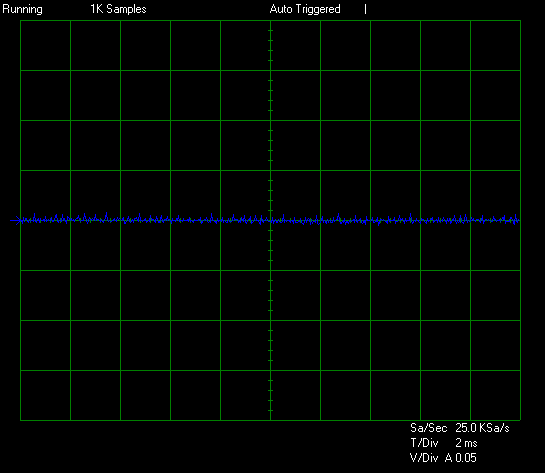
Test #3 is equal to approximately 75% of the rated capacity of ASUS ROG STRIX 750W at 45c. This makes Test #3 equal to 575W by loading the 12v rail to 42a, the 5v rail to 7a, the 3.3v rail to 5a, the +5vsb to 2a, and the -12v to 0.3a. Test #3 sees the 12v rail peaking at ~20mV of ripple/noise while the minor rails are coming in at ~15mV of ripple/noise.
120v Input
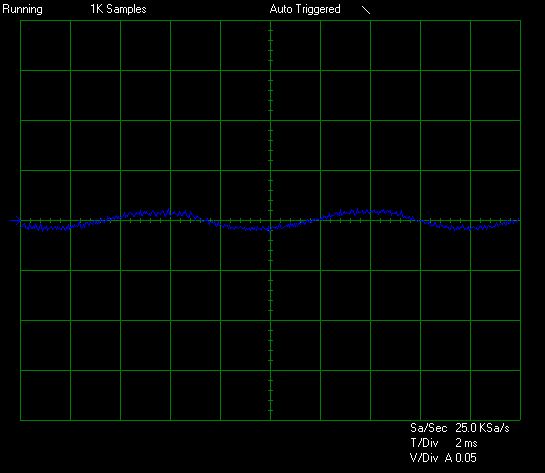
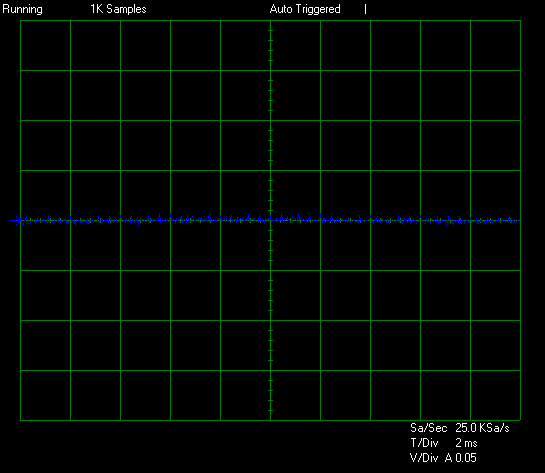

100v Input
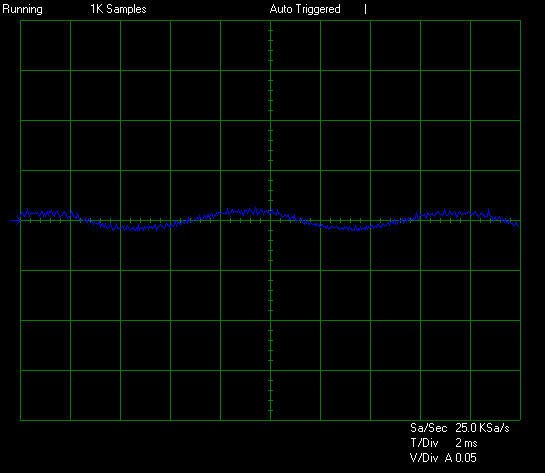
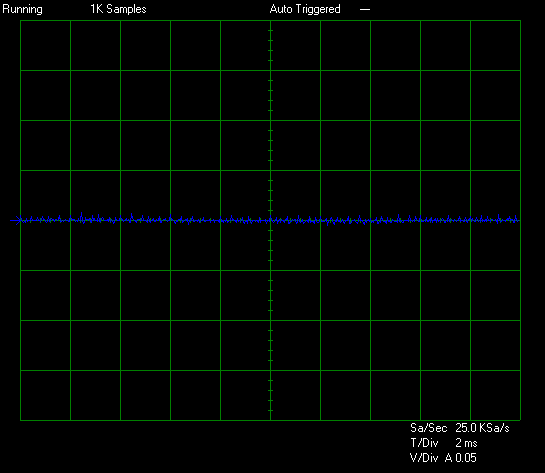
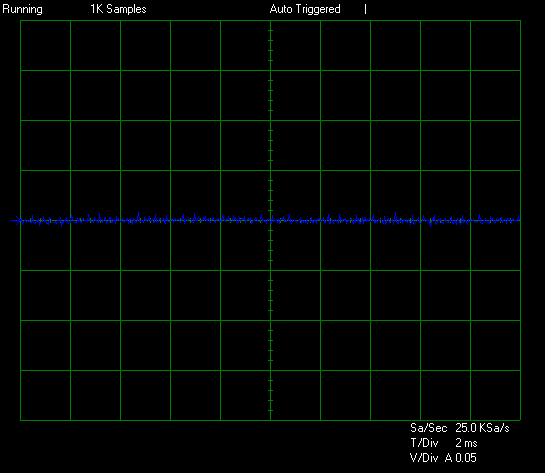
Test #4 is equal to approximately 100% of the rated capacity of the ASUS ROG STRIX 750W at 45c. This makes Test #4 equal to 757W by loading the 12v rail to 60a, the 5v rail to 2a, the 3.3v rail to 1a, the +5vsb to 2a, and the -12v to 0.3a. In the final regular test, we see the 12v rail peaking at ~25mV of ripple/noise while the minor rails are peaking at ~15mV of ripple/noise on the 3.3v and 5v rail.
Torture Test
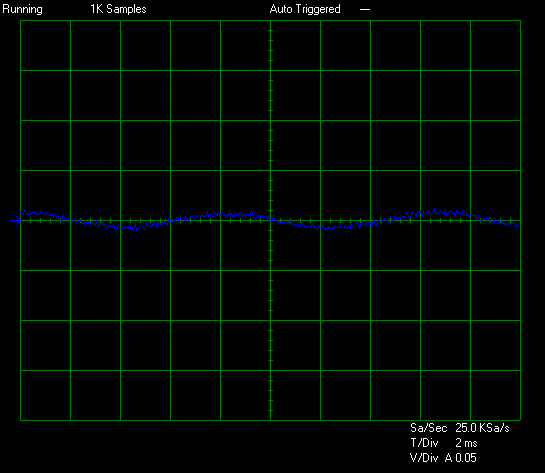
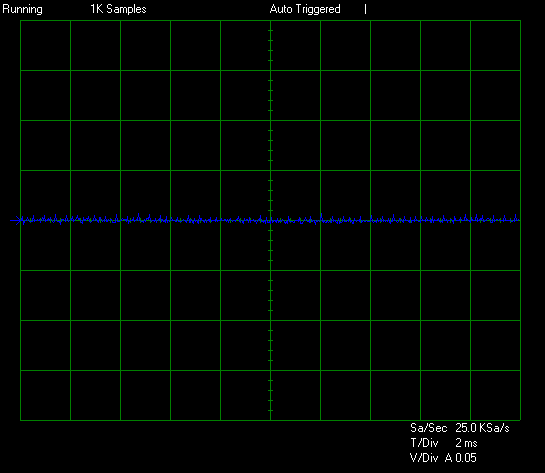
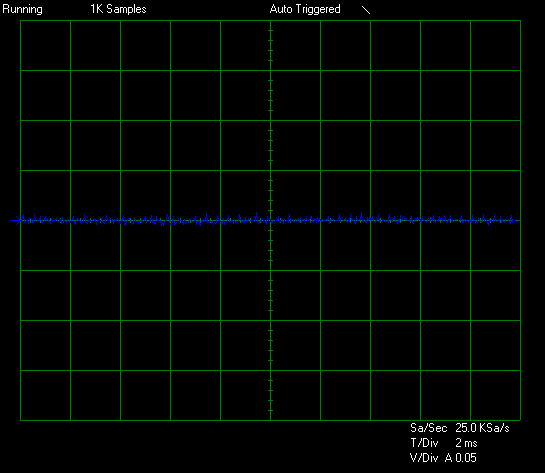
The Torture Test is equal to approximately 80% of the rated capacity of the ASUS ROG STRIX 750W at 45C. This makes the Torture Test equal to 605W by loading the 12v rail to 44a, the 5v rail to 8a, the 3.3v rail to 6a, the +5vsb to 2a, and the -12v to 0.3a. At the end of the Torture Test, we see the 12v rail peaking at ~25mV of ripple/noise while the 3.3v rail is peaking at ~20mV of ripple/noise and the 5v rail is peaking at ~15mV of ripple/noise.
DC Output Quality Summary
The overall DC Output Quality of the ASUS ROG STRIX 750W is excellent! The ROG STRIX 750W ended up posting a peak trace amplitude on the 12v rail of ~25mV followed by ~20mV on the 3.3v rail and ~15mV on the 5v rail during our normal tests. The worst relative value among these hit well below ~50% of the ATX12v specification limit. In relative terms, this unit was better than the Phanteks AMP 750 and matched the EVGA SuperNOVA G5 750W. So, it seems that this unit is currently tied for the best among 750W units we have seen in this regard to date! Let’s move on now and see how all of this wraps up!

